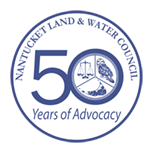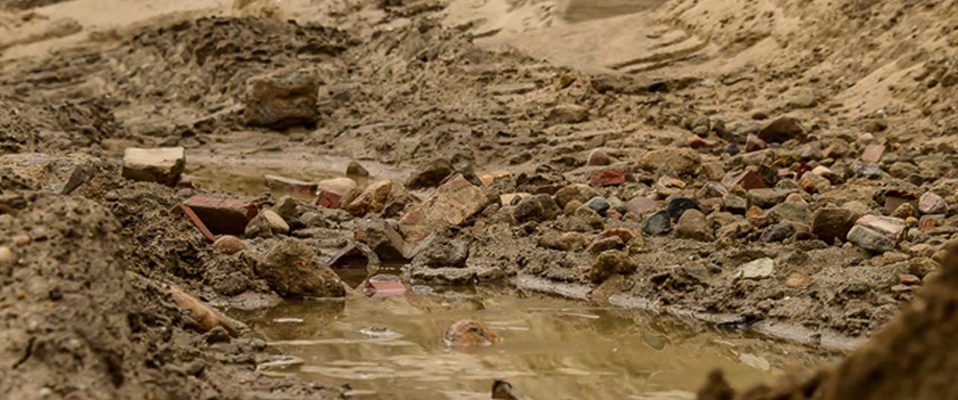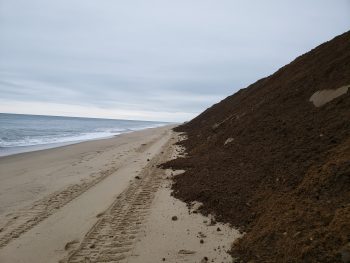 On Wednesday, December 18th, 2019, the Nantucket Conservation Commission reviewed the ‘Sconset Beach Preservation Fund (SBPF) proposed sampling protocol for potentially contaminated sand beneath ‘Sconset bluff. Over the last few months, SBPF has been working to cover their 900-foot geotube array with mitigation sand in preparation for Nantucket’s 2019-2020 winter storm season. The material being used has caused serious alarm throughout the community as photographs of dirt, large stones, bricks, and construction debris have been widely circulated. The fill material has also been linked to a septic leach field on South Shore road, which means some of the mitigation material could in fact be hazardous to human health.
On Wednesday, December 18th, 2019, the Nantucket Conservation Commission reviewed the ‘Sconset Beach Preservation Fund (SBPF) proposed sampling protocol for potentially contaminated sand beneath ‘Sconset bluff. Over the last few months, SBPF has been working to cover their 900-foot geotube array with mitigation sand in preparation for Nantucket’s 2019-2020 winter storm season. The material being used has caused serious alarm throughout the community as photographs of dirt, large stones, bricks, and construction debris have been widely circulated. The fill material has also been linked to a septic leach field on South Shore road, which means some of the mitigation material could in fact be hazardous to human health.
These details came on the heels of SBPF failing to conduct it’s quarterly monitoring obligations, 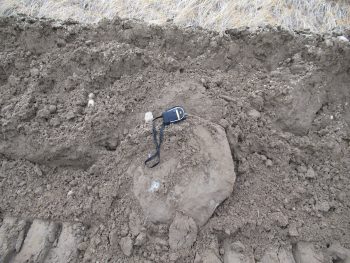 triggering a public meeting before the Conservation Commission in November to address how project managers were failing to follow the project’s Order of Conditions.
triggering a public meeting before the Conservation Commission in November to address how project managers were failing to follow the project’s Order of Conditions.
Due to the potentially inappropriate and/or contaminated fill materials being allowed on the public beach, the Conservation Commission ordered SBPF to cease all further operations until the mitigation material could be analyzed. SBPF developed a protocol for the removal of construction materials and large debris for the December 16th public meeting. To address chemical and biological contamination of the materials, SBPF submitted a protocol to the Conservation Commission that was reviewed at the December 18th meeting.
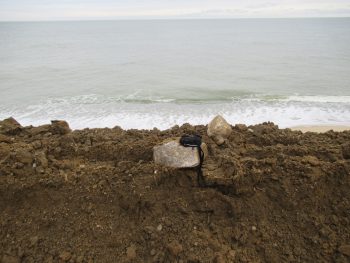
This protocol involves hiring an outside laboratory that specializes in sampling sediment for contamination to take multiple samples at different areas and depths along the geotube project, and compare these samples to samples taken from the sediment below the mean high-tide mark on ‘Sconset beach. The process is expected to take 3-4 weeks to complete. The Conservation Commission voted unanimously to approve the protocol, but with some reservations. Commissioners would like to see additional testing done, but ultimately voted to approve the protocol due to the time-sensitive nature of having this material on the beach. Time is of the essence as winter rain, wind, and seas continue to carry this suspect fill material into the surrounding environment.
Once lab results are completed, the Conservation Commission will hire a third party specialist to interpret the results. If any material currently on the bluff is contaminated, SBPF will be ordered to remove and replace the material in kind, with clean, proper mitigation sand.
The next Conservation Commission meeting is scheduled for January 8th, 2020. The NLC will continue to attend, comment, and keep our members informed. However, if anyone would like to comment or simply listen in, these are public meetings and all are welcome to attend.
